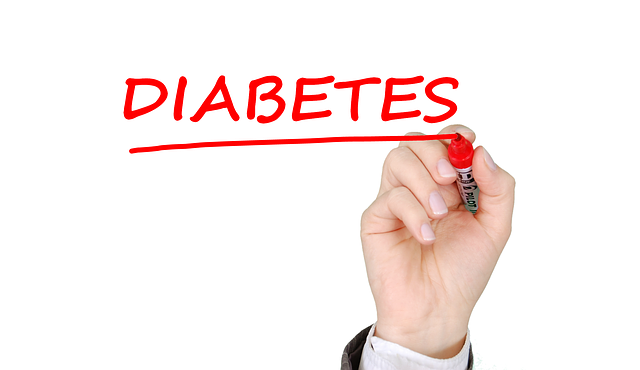
Diabetes
Managing diabetes while traveling is crucial for maintaining good health and enjoying your trip to the fullest. Traveling can present unique challenges for people with diabetes, including changes in routine, meal options, and physical activity levels. However, with careful planning and preparation, it is possible to successfully manage diabetes and have a safe and enjoyable journey.
When you’re proactive and have the right strategy, you can confidently embark on your adventure while maintaining control over your diabetes. In this guide, we’ll provide an outline of essential steps and tips for managing diabetes during your travels.
1 – Watch your diet
To maintain a balanced diet while traveling, it is crucial to choose healthy meal options that are rich in whole grains, lean proteins, fruits, and vegetables, as they can help you maintain stable blood sugar levels. Research local cuisine beforehand to identify dishes that meet your dietary needs. When dining out, do not hesitate to ask for modifications or ingredient information to ensure your meal is suitable for your diabetes management.
Being mindful of portion sizes is essential, especially when indulging in unfamiliar foods. Overeating can lead to high blood sugar levels, while consuming insufficient carbohydrates may cause low blood sugar. Keep track of your carbohydrate intake and adjust it according to your activity level and blood glucose levels.
Carrying a carbohydrate reference guide or using a smartphone app can be helpful in estimating the carbohydrate content of various foods that answer questions you may have such as “can you eat popcorn if you’re diabetic?” By maintaining a balanced diet throughout your travels, you can better manage your diabetes and enjoy the local flavors without compromising your health.
2 – Stay hydrated
Staying hydrated is essential for individuals with diabetes, as dehydration can negatively impact blood sugar levels and overall health. To ensure proper hydration, drink water regularly throughout the day. Aim to carry a reusable water bottle with you, and refill it whenever possible. Be cautious about the quality of water in certain destinations; use bottled or filtered water if necessary to avoid waterborne illnesses.
Limit the consumption of sugary and caffeinated beverages, as they can cause fluctuations in blood sugar levels and increase the risk of dehydration. Instead, opt for water, herbal teas, or sugar-free beverages to quench your thirst.
3 – How to deal with an emergency
It is important to be aware of the symptoms of high and low blood sugar levels. Common signs of hyperglycemia include frequent urination, increased thirst, fatigue, and blurred vision. Hypoglycemia may cause symptoms such as trembling, sweating, dizziness, confusion, and irritability. Respond promptly to these symptoms by either consuming a fast-acting carbohydrate source for hypoglycemia or adjusting your medication and monitoring your blood glucose levels for hyperglycemia.
Carry a medical alert identification, such as a bracelet or a card, that provides essential information about your diabetes and any other medical conditions. This will help local medical professionals understand your needs in case of an emergency. In addition, learn essential phrases in the local language related to diabetes and medical assistance, so you can communicate your needs more effectively.






